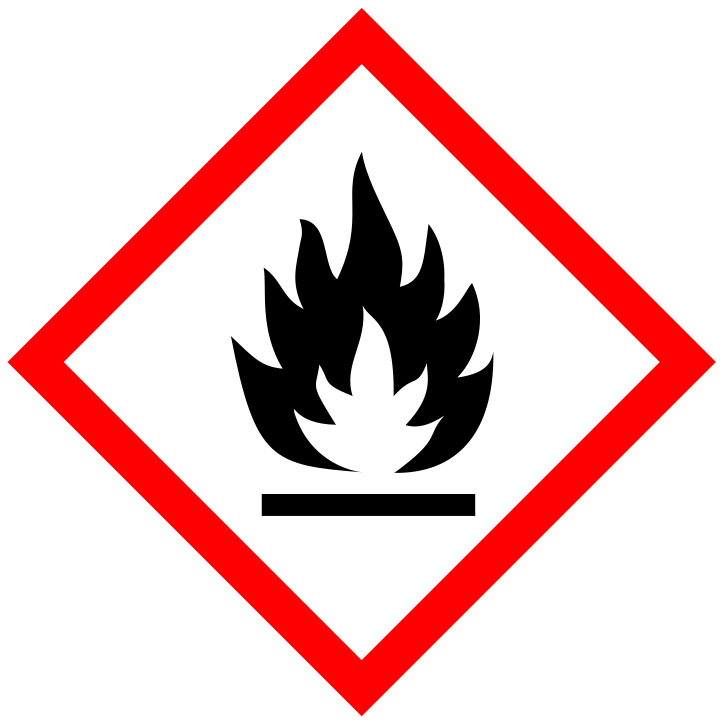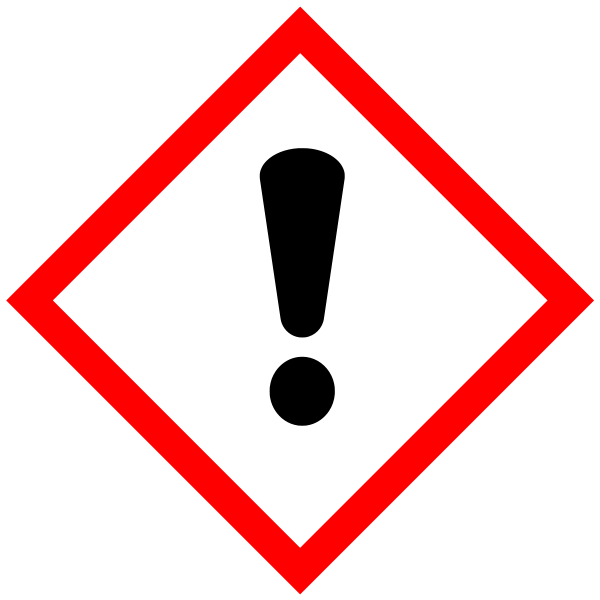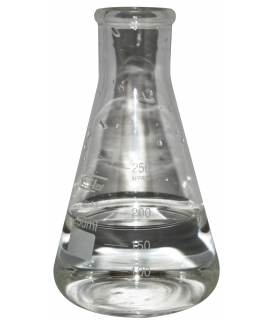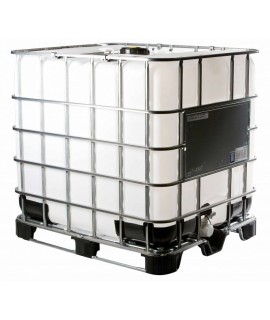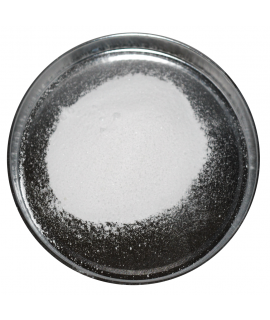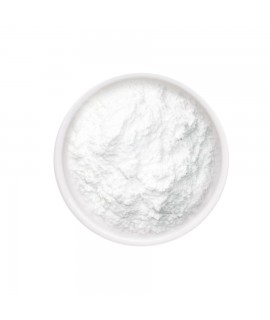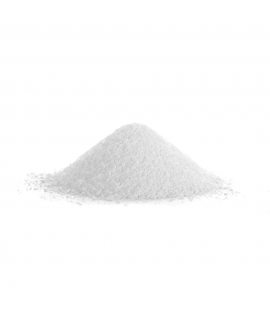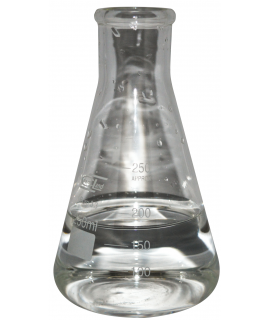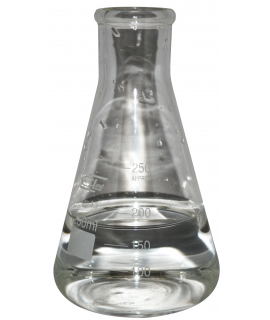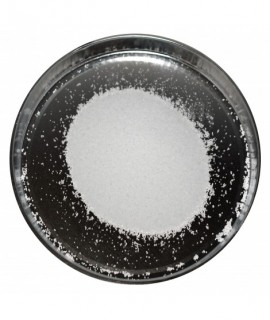|
Parameter |
Attribute |
|
Calcium carbide |
calcium percarbide, calcium carbide, calcium dicarbide, carbide |
|
Formula |
CaC2 |
|
Structure |
  |
|
IUPAC |
Calcium ethynediide |
|
INCI |
- |
|
CAS |
75-20-7 |
|
Molar mass |
64.099g/mol |
|
Density |
2.22g/cm3 |
|
Solubility |
Hydrolyses first (reacts with water) |
Calcium carbide, also known as calcium acetylide, is a chemical compound with the chemical formula CaC2. Its main industrial uses are the production of acetylene and calcium cyanamide. The pure material is colorless, but technical grade calcium carbide lumps are grey or brown and consist of about 80-85% CaC2, the remainder being CaO (calcium oxide), Ca3P2 (calcium phosphide), CaS (calcium sulfide), Ca3N2 (calcium nitride), SiC (silicon carbide) and others. When reacted with water, technical grade calcium carbide gives off an unpleasant odor reminiscent of garlic.
In industry is used the reaction of calcium carbide with water to produce acetylene and calcium hydroxide is used:
CaC2 (s) + 2H2O (l) → C2H2 (g) + Ca(OH)2 (aq)
This reaction has been the basis for the industrial production of acetylene, both in the manufacture of synthetic polymers and as a key component in gaseous welding equipment.
In antique calcium carbide is used in carbide lamps. Water dripping on the carbide produces acetylene gas, which burns and emits light. Although these lamps gave off a more steady and brighter light than candles, they were dangerous in coal mines where flammable methane gas was a serious hazard. Carbide lamps were still widely used in slate, copper and tin mines, where methane was not a serious hazard. Carbide lamps are still used for mining in some less wealthy countries. Carbide lamps were also widely used as headlights in early cars, motorcycles and bicycles, but have been completely replaced by electric lamps.
In the food industry, calcium carbide is sometimes used as a source of acetylene, which, like ethylene gas, is a ripening agent. However, this is illegal in some countries because the production of acetylene from calcium carbide leads to phosphine and arsine contamination. These impurities can be removed by passing acetylene gas through an acidified copper sulphate solution.
In pyrotechnics, calcium carbide is used in toy cannons, such as the Big-Bang Cannon, as well as bamboo cannons. In the Netherlands, calcium carbide is used to shoot milk cubes during the New Year.
In horticulture calcium carbide is commercially marketed as a mole repellent for gardens and vegetable gardens. The most common recommendations are to fill in mole burrows, mole caves and fill in the ground in the evening. For a quicker effect, it can be applied with water, but if a longer lasting effect is desired, the carbide should be left under the ground only. Repeat the treatments for about 4-9 days until there are no more moles left in the garden or vegetable garden. Calcium carbide reacts with moisture to produce a gas with a pungent odor, which causes moles to leave the area.
In school experiments, calcium carbide is used to determine soil moisture. When soil and calcium carbide are mixed in a closed pressure cylinder, the water content of the soil reacts with the calcium carbide to produce acetylene, the pressure of which can be measured to determine the moisture content. It is also used in tests for the identification of saturated and unsaturated hydrocarbons with potassium permanganate, when the passing ethine gas bleaches the potassium permanganate solution. In biological experiments it is used in ripening fruit tests.
In marine, calcium carbide is used with calcium phosphide in floating, self-igniting marine flares.
Important: Add the item to your basket, fill in the recipient's details and confirm your order. Thank you!
To save your precious time, we will deliver your order to your address at a time convenient for You!
*- The pictures of the goods may not correspond to the actual appearance, color, assembly or shape of the goods and their packaging. The information in the product description is of a general nature and may not correspond to the information on the packaging of the product and may not be the exact use of the product. The information given on the stocks and prices of goods may, in certain cases, differ from the actual prices and stocks of goods
|
Signal word: Danger |
|
Hazard icons:
|
|
Danger phrases: H260 In contact with water gives off flammable gases which may ignite spontaneously H315 Irritating to skin H318 Severely damaging to eyes H335 May cause respiratory irritation |
|
Precautionary statements: P223 Protect from contact with water P280 Wear protective gloves/eye protection P302+P352 In case of contact with skin: wash with plenty of water P305+P351+P338 IN EYES: wash gently with water for several minutes. Remove contact lenses remove contact lenses if they are present and if this can be done easily. Continue to wash eyes P310 Call the ACCIDENT CONTROL AND INFORMATION OFFICE immediately/contact a doctor |
Related products
(8 other products in the same category)




